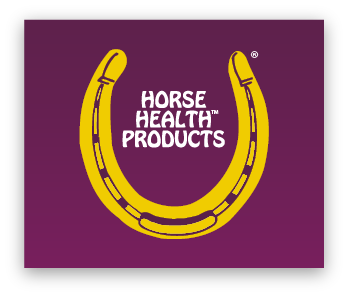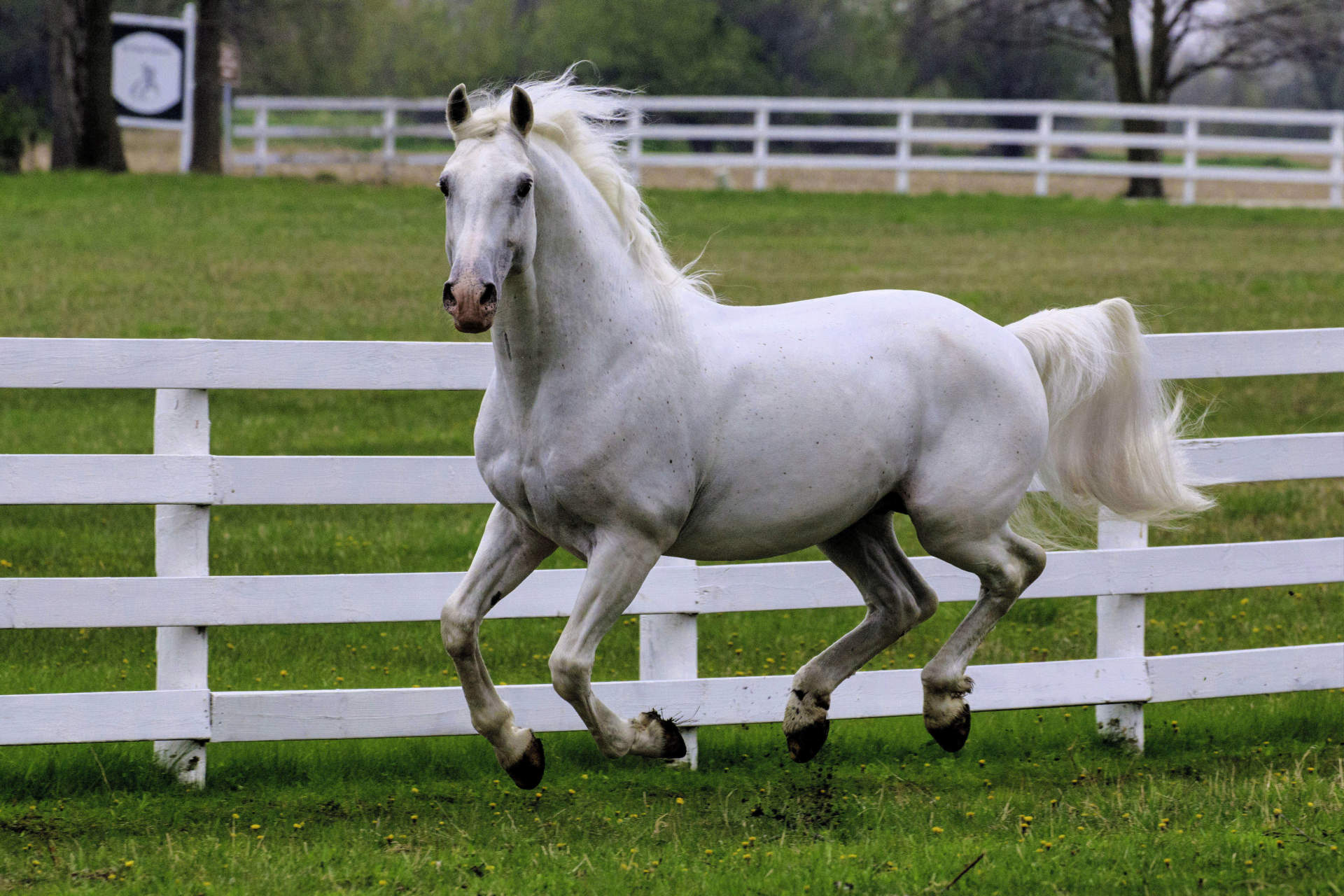Grooming – A Mini Health Check-Up
With hectic work and family schedules, it’s often difficult to spend quality time with your horse on a daily basis. Weekday riding usually entails a quick grooming and tack-up in order to spend as much time in the saddle as possible; however, that doesn’t give you much time to evaluate his overall wellbeing. Since time with your horse may be limited, you should make the most of it. One way is to use your grooming sessions to perform mini health check-ups.
Start with mud and dirt removal. A quick currying can get rid of most of it, making it easier for you to evaluate your horse. As you work from head to tail, make it second nature to honestly look at your horse while you work. Try not to daydream or worry about other things – just focus on your horse and being in the moment with him.
Eyes Wide Open
As you carefully brush your horse’s face, look to see if he’s squinting or has discharge from his eyes. Is one eye closed more than the other? What about his ears? Feel his ears carefully to see if he exhibits any unusual reactions. Look for asymmetry in his face that might indicate he might need a dental exam.
Pay attention and make note of your horse’s usual alertness and brightness. Some horses are almost sleepy while being groomed, but others are alert and very aware. Learn what the norm for your horse is and compare.
Listen for unusual breathing sounds and glance at his nostrils for flaring from labored breathing or any discharge. Subconsciously, you are probably aware of normal respiration for your horse. If he is breathing faster than normal and taking many shallow breaths, something may be wrong.
“Back” to It
As you groom down the neck and over the back, search for areas of irritation or asymmetry. Pay attention if your horse flinches over his back; if you think he did, go over the area again to be sure. This could indicate an injury or sore muscle. During the spring or summer, feel for hives or bug bite lumps, and look for bot eggs or dandruff in the mane.
Body Talk
Working back toward your horse’s tail, be sure to check his armpits, where girth sores occur. Run the brush and your hands down your horse’s front legs. Feel for irregularities between the two front legs and examine them for areas of warmth, swelling or soreness. Your grooming session could pick-up on lameness before it is evident during a ride.
Check for irritation around the pasterns, including any hint of “scratches” or dermatitis. As you pick out the hooves, sniff for thrush, look for hoof cracks, and quickly feel the coronary band for heat. Pay attention to whether or not your horse is suddenly or uncharacteristically reluctant to pick his foot up.
Follow the same procedure with the rear legs that you used in the front. This is a perfect way to compare an area of concern. If you aren’t sure if something is normal, inspect the other side. Your hands will quickly learn to feel abnormalities, including heat, swelling, soreness or asymmetry.
Observe how your horse stands in the cross ties and ask yourself some questions. Is he balanced and relaxed? If he fidgets, is it because of flies, is he anxious to get out or get fed, or does he seem uncomfortable? Does he stand with one foot out?
As you go over your horse’s body, think about his weight and coat condition. If you see him daily, changes may not be readily apparent, but train your eyes and hands to notice differences. Feel for ticks if you live in “tick country.”
Private Areas
On a stallion or gelding, look around the sheath for smegma, swelling or sores. If your male relaxes and urinates while you are around, dropping his penis, check for growths or sores. On a mare, take a quick look at her udder and surrounding area to check if it needs to be cleaned or if there are any sores or swelling.
Lift up the tail and wipe the dock and rectal area with a damp cloth. Look for things like pinworms or diarrhea. This is also a common area for melanomas to develop, but you may need good lighting to pick up small growths in the pigmented skin.
Performing a quick exam on your horse can save you money, as well as improve the prognosis if there is a problem. Virtually all problems will respond more quickly and with less intervention if caught early. At first you will need to concentrate and train yourself to be observant, but this will quickly become second nature. Enjoy grooming your horse and performing your quick mini health check-up at the same time!
E-mail Signup
Sign up for our newsletter to get helpful horse care tips, product updates, special offers and more.
Subscribe

